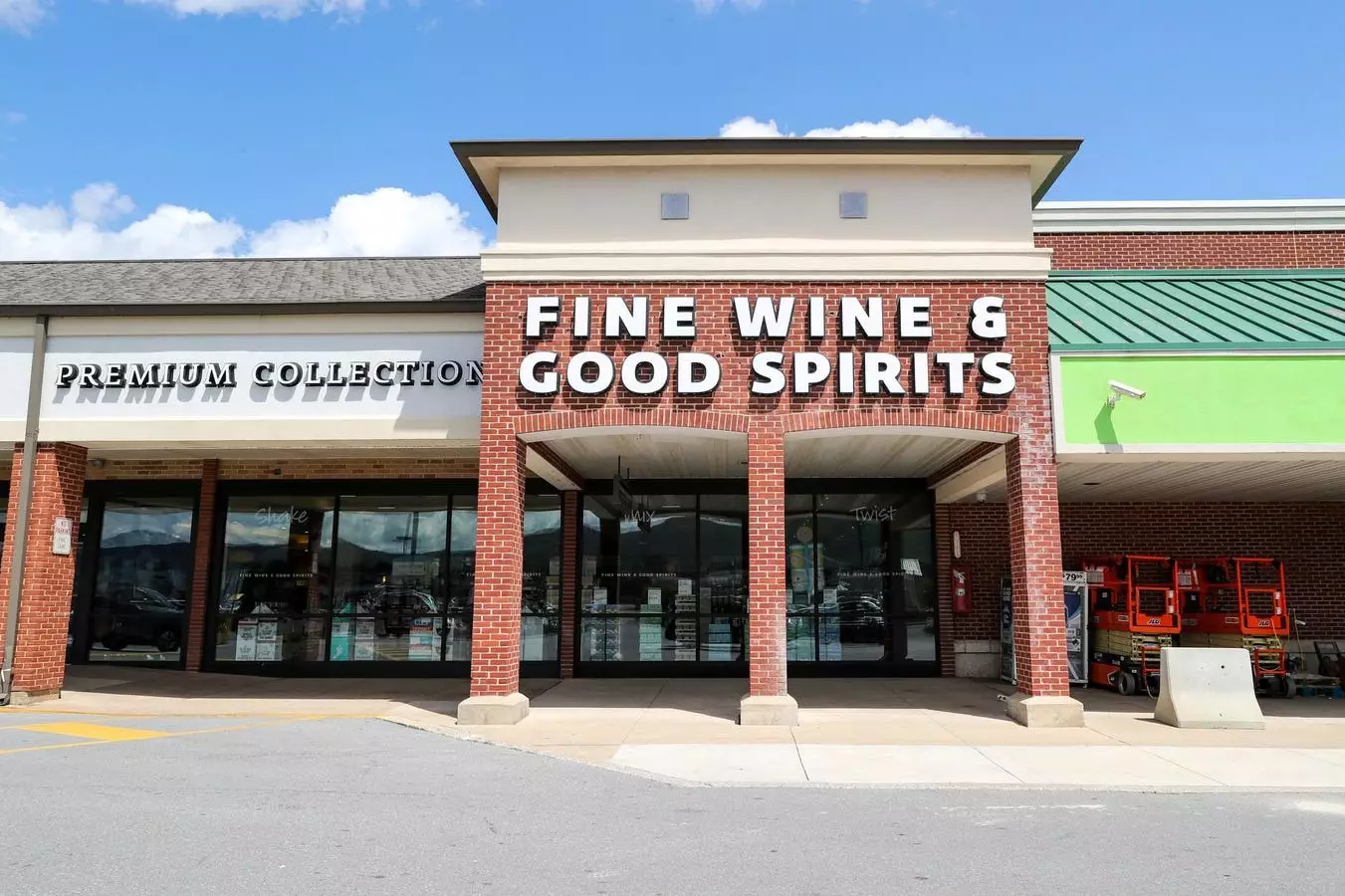The liquor industry experienced an unexpected downturn in revenue for 2024, marking a rare occurrence in recent years. According to the Distilled Spirits Council of the United States (DISCUS), revenue from distilled spirits fell by 1.1% compared to the previous year. This squelched a trend of growth that had characterized the industry for over a decade. The downturn can be attributed to a multitude of factors, particularly rising inflation, which has squeezed consumer budgets and diminished demand for luxury items, including premium spirits.
The report notes that this annual decline is unprecedented since DISCUS started releasing economic performance metrics in 2004. Christine LoCascio, chief of policy, strategy, and membership at DISCUS, emphasized that households are prioritizing essential expenses like housing and healthcare over discretionary spending. While inflation rates have seen some amelioration, the financial strain persists, steering consumers away from treating themselves to high-quality or top-shelf liquor.
Notably, demand for specific categories of liquor saw significant declines. Scotch whisky, for instance, witnessed a striking double-digit drop in sales. Other categories like blended and American whiskeys also faced challenges, alongside rum, gin, and brandy. Surprisingly, despite these declines, vodka managed to remain flat in sales, while Irish whiskey, Canadian whisky, tequila, and mezcal marked moderate gains.
Of the major alcoholic beverage categories—spirits, wine, and beer—the spirits sector showcased remarkable resilience, maintaining a commanding market share of 42.2%. This figure signifies a robust presence in the alcohol industry, having gained over 13 percentage points since the turn of the century. Interestingly, the total volume of spirits sold grew by 1.1% compared to the previous year. Ready-to-drink cocktails (RTDs) and spirits-based premixed options emerged as a bright spot, indicating that consumer preferences are shifting toward the convenience of these products.
For years, the liquor industry has been riding the “premiumization” wave, enticing consumers towards higher-priced, quality-centric options. Yet, as 2024 unfolds, the enthusiasm for super-premium categories appears to be waning. According to LoCascio, consumers are not necessarily reverting to lower-priced options; rather, they are opting to select more cost-effective substitutes within the higher price bracket.
The distribution of market segments remains relatively stable, with high-end and super-premium liquors accounting for 41.5% of total volume, which is only a slight increase from the previous year. This stagnation invokes questions about the sustainability of the premiumization strategy that liquor brands have relied on for profit maximization.
As the industry looks toward 2025, trade policies are poised to pose significant challenges. Recent tariffs imposed by the Trump administration raised concerns among liquor producers, as the potential for retaliatory measures could disrupt both domestic and international markets. Tariffs on key imports like steel and aluminum have repercussions that could extend into the liquor industry, particularly for products with strong regional ties — bourbon from the U.S., tequila from Mexico, cognac from France, and Scotch from Scotland.
Industry leaders are apprehensive about the implications of escalating tariff negotiations. Sonat Birnecker, president of Koval Distillery in Chicago, voiced concerns about the ramifications of being sidelined from global markets. Once brands lose traction in international arenas, reclaiming lost ground can prove exceedingly challenging.
As the liquor industry faces a pivotal moment characterized by declining revenues, shifting consumer preferences, and complex trade dynamics, the path ahead is fraught with uncertainty. Industry associations, including DISCUS, are encouraging collaboration and dialogue with the government to secure favorable conditions for American spirits both domestically and abroad. With a blend of innovation, adaptability, and strategic responses to consumer demand shifts, the spirits industry may yet navigate these tumultuous waters and reestablish a robust growth trajectory. As the landscape continues to evolve, the industry must remain vigilant and responsive to both challenges and evolving consumer tastes.


Leave a Reply